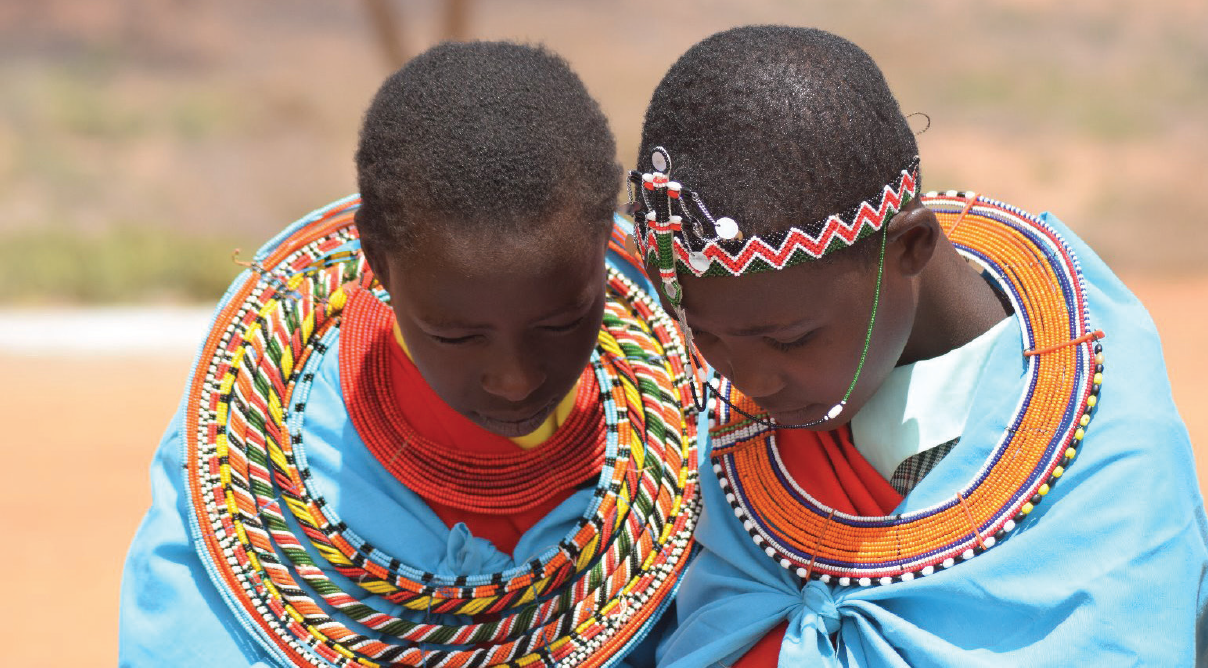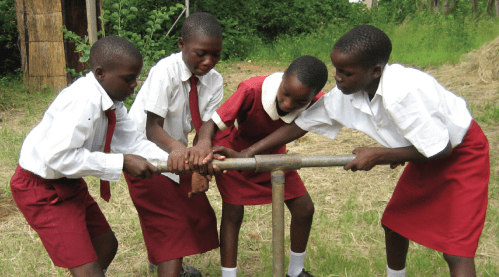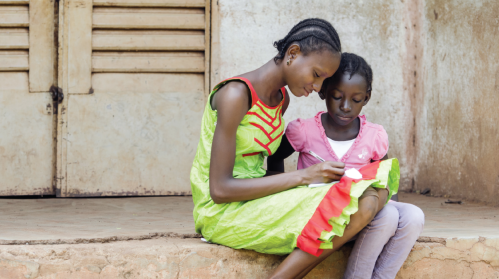Although data are scarce about mentoring programs—especially for girls—in primary schools in low-income areas (both globally and in Kenya), those who have provided such programs have seen some positive effects. As a result, many girls who would probably have dropped out of school have instead improved their academic achievements, increased their attendance records and stayed in school longer—often because they have delayed early marriages, which occur as early as age 13 years. Also, mentors help girls acquire life skills to navigate the transition from childhood to adolescence, overcome negative peer pressure, avoid risky sexual behavior, give birth to their first children at a later age, change negative attitudes toward education, deal more effectively with problems related to female genital mutilation (FGM) and manage menstruation while in school.
However, despite their huge potential, the mentoring programs/approaches for girls are weak due to the following factors: (1) a lack of clarity of what mentoring is and is not; (2) weak selection criteria for those girls who need mentoring the most; (3) a lack of systematic data collection to determine the programs’ effectiveness; (4) too few mentors, who include teachers and peer educators; (5) inadequate training of mentors; (6) a lack of mentoring policies and guidelines to implement the programs; (7) a one-size-fits-all mentoring approach that does not allow for the various conditions of poor girls in different cultural contexts and stages of adolescence; (8) few female teachers in the schools, which means girls have few role models; (9) weak strategies to address existing gender stereotypes and cultural norms and taboos; (10) an overextended curriculum and (11) an education system that overemphasizes the end of cycle examinations, which in turn means that schools have little time to focus on mentoring activities.
Mentoring addresses these problems: gender-based violence (GBV); early and child marriages; FGM; menstrual management and hygiene; risky sexual behavior; truancy, drug abuse, and other negative behavior; subjugation of girls and women in poor communities; and life skills and academic achievement.
Recommendations for strengthening mentoring programs and policies, which are discussed in sections 3 and 4 below, include: Considering the specific context and age of the girls who will be mentored when designing and creating policies and strategies to support mentoring; combining life skills education with mentoring; developing comprehensive criteria for selecting girls who would most benefit from mentoring; and institutionalizing mentoring in the education sector to ensure implementation.
This policy paper draws upon a desk review of reports from the United Nations Girls’ Education Initiative (UNGEI), various other institutions, and the Kenya Ministry of Education Science and Technology (MoEST); stakeholder consultations; and a school survey using both qualitative and quantitative research methods. The stakeholders interviewed were from organizations running mentoring programs in Kenya and were members of the National Steering Committee charged with developing a mentoring policy for Kenyan schools. The paper also includes recommendations from experts who design and implement mentoring programs in marginalized Kenyan communities and elsewhere.
A case study of the Opportunity Schools Mentoring Program, sponsored by the Women Educational Researchers of Kenya (WERK), was also included.
A three-stage sampling strategy was used to select the schools to be surveyed with respect to their mentoring approaches and practices. First, the author identified the sample, which consisted of 11 counties that have low access and retention rates below the national average (which is 86 percent and 83 percent, respectively). The second stage involved identifying 228 primary schools in these counties (out of a total of 2,194) that had retention rates above the national average. The third stage involved studying 63 of these schools where girls performed relatively well over the last three years. Of these, the author interviewed teachers from 43 schools (61 percent of the schools) by telephone; this number reflects the fact that the other schools could not be reached by telephone.






